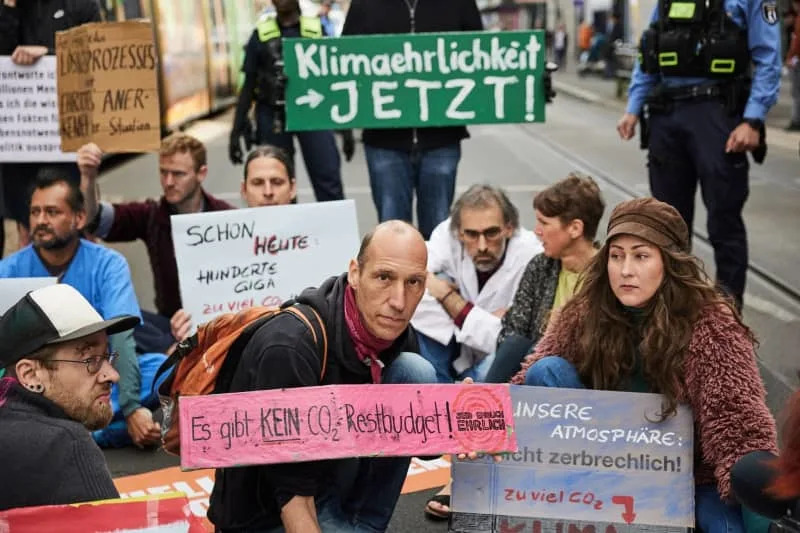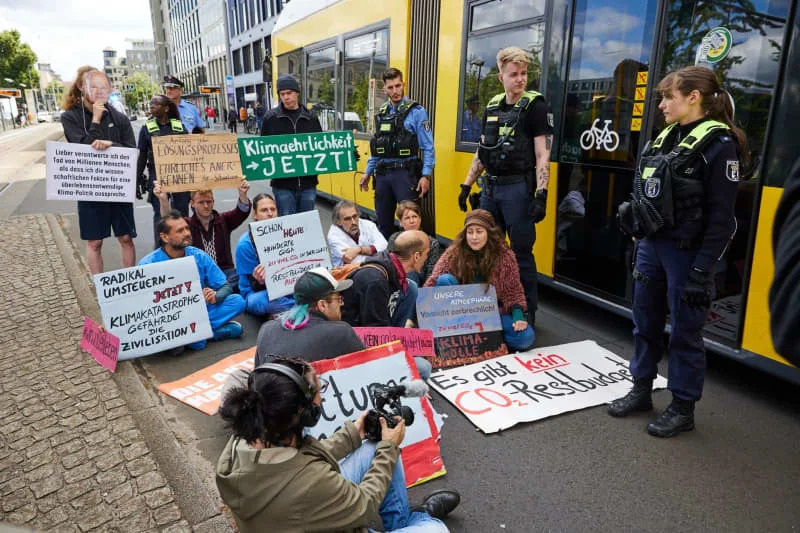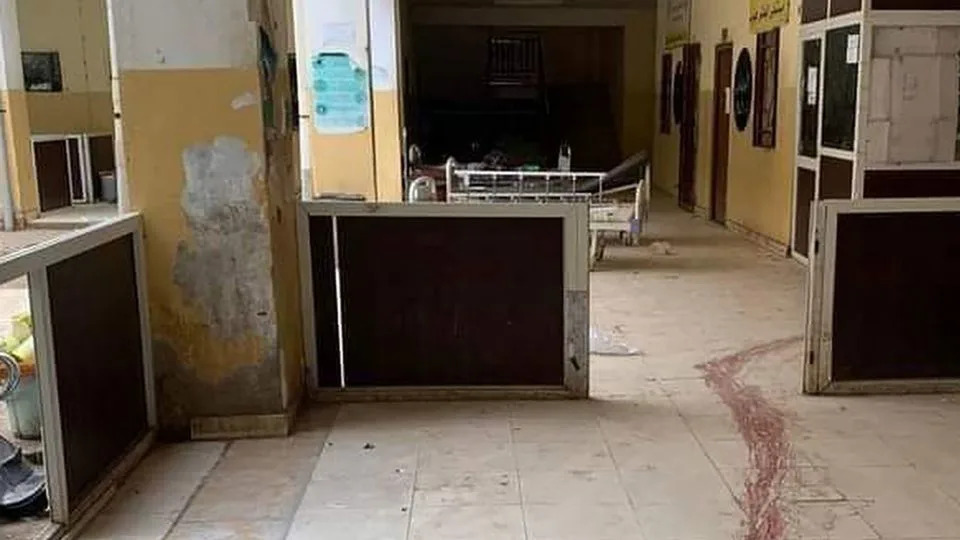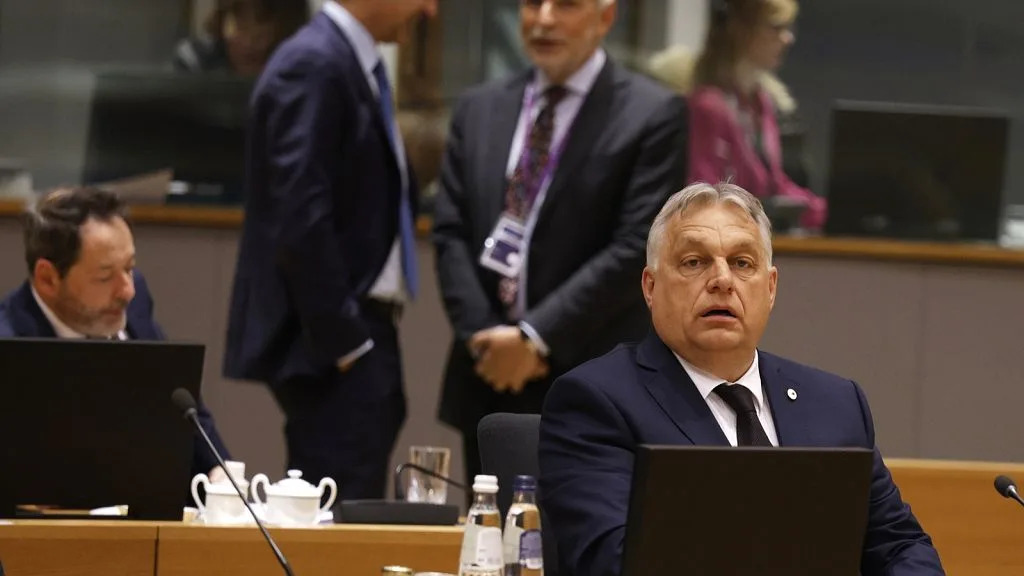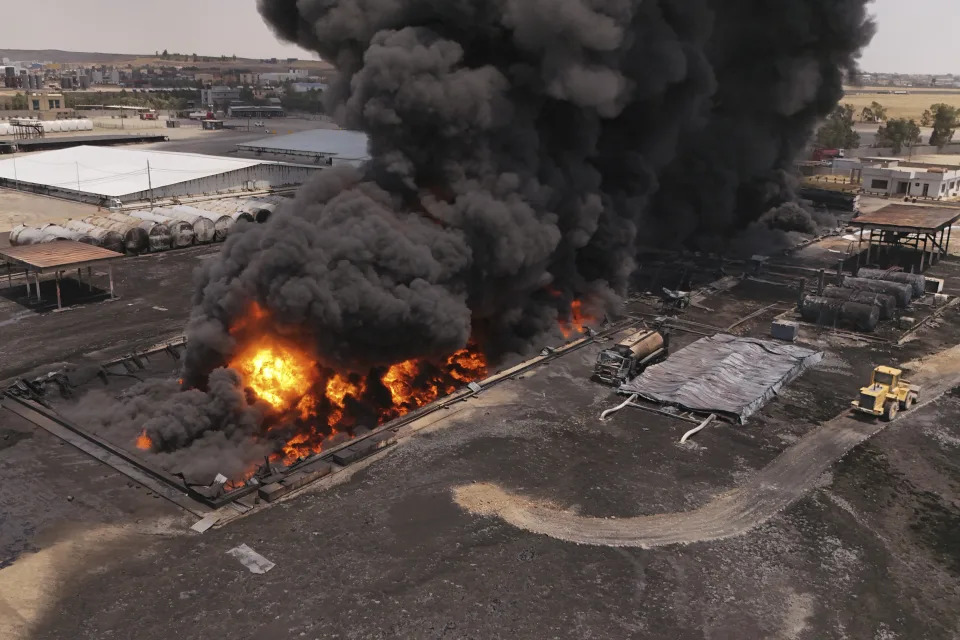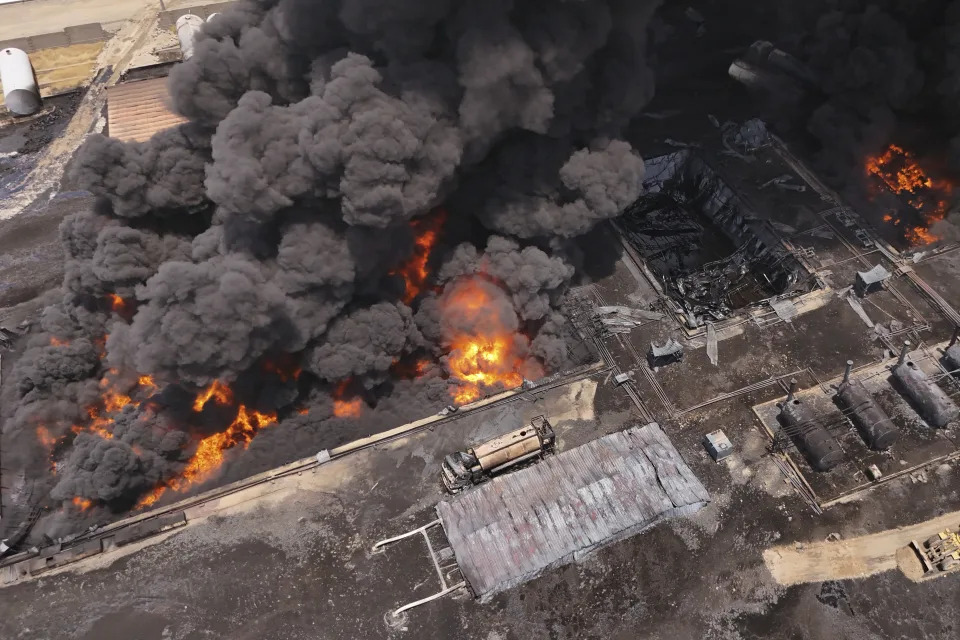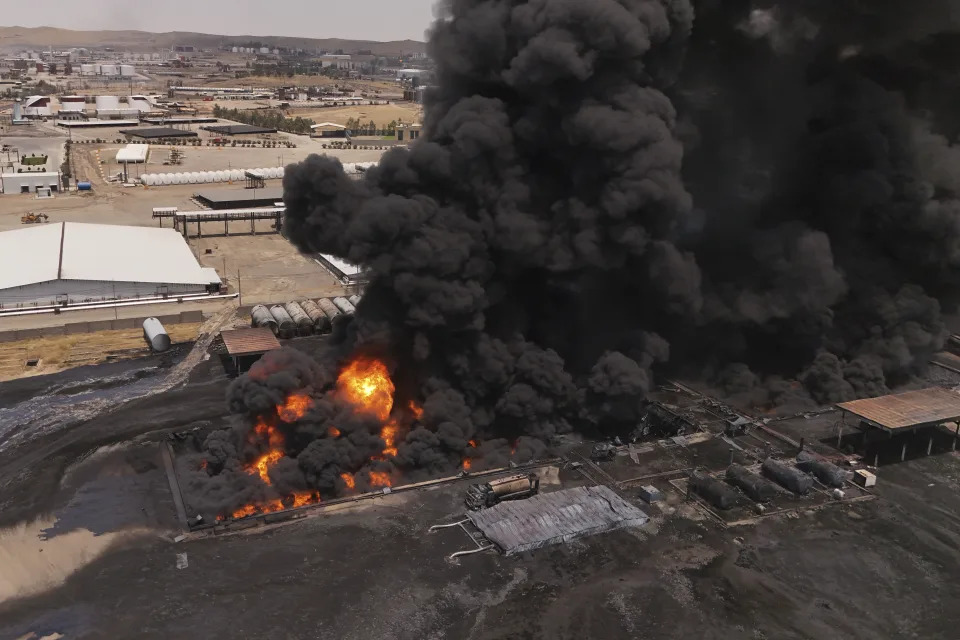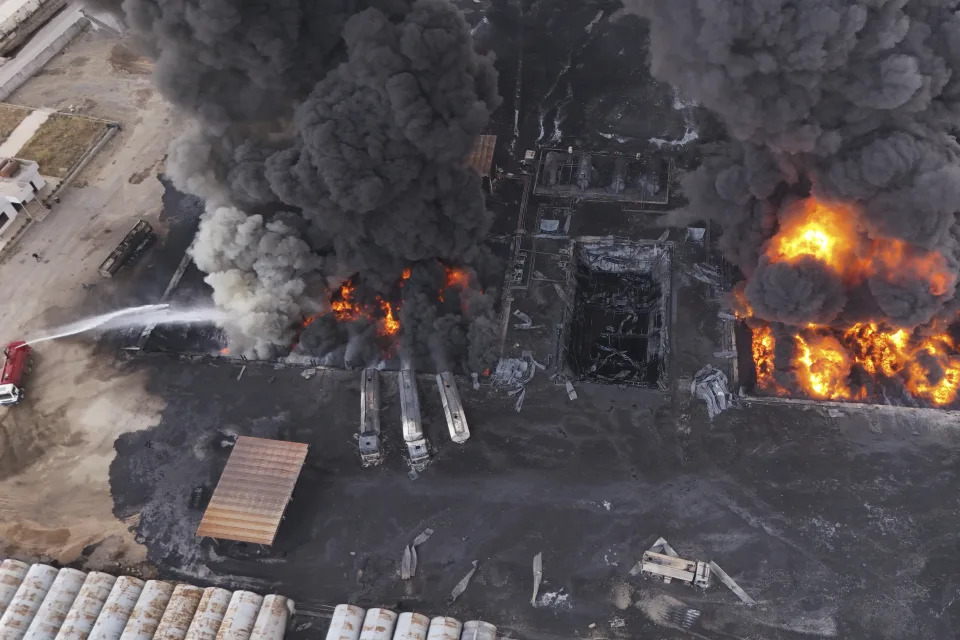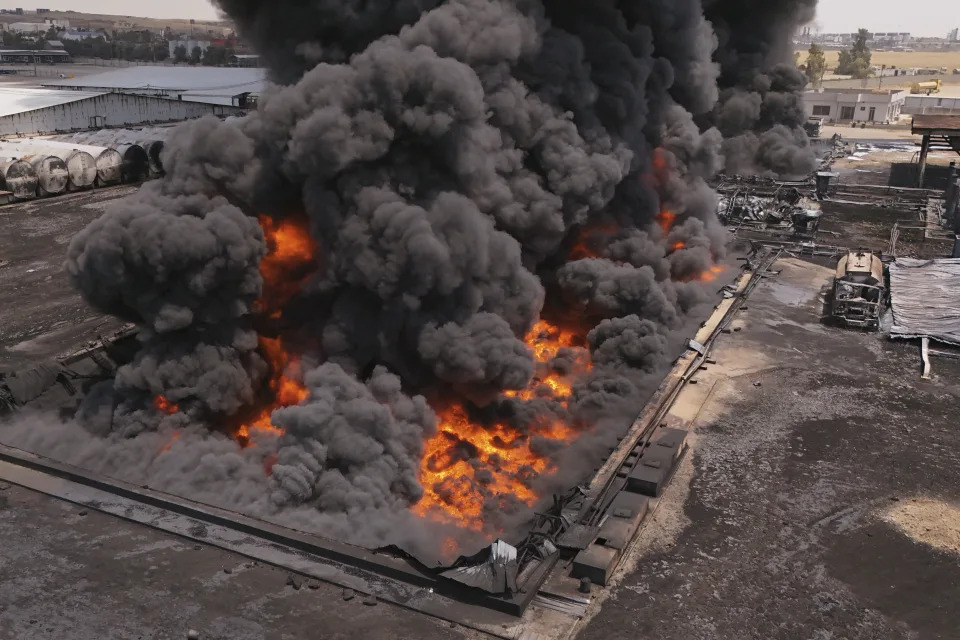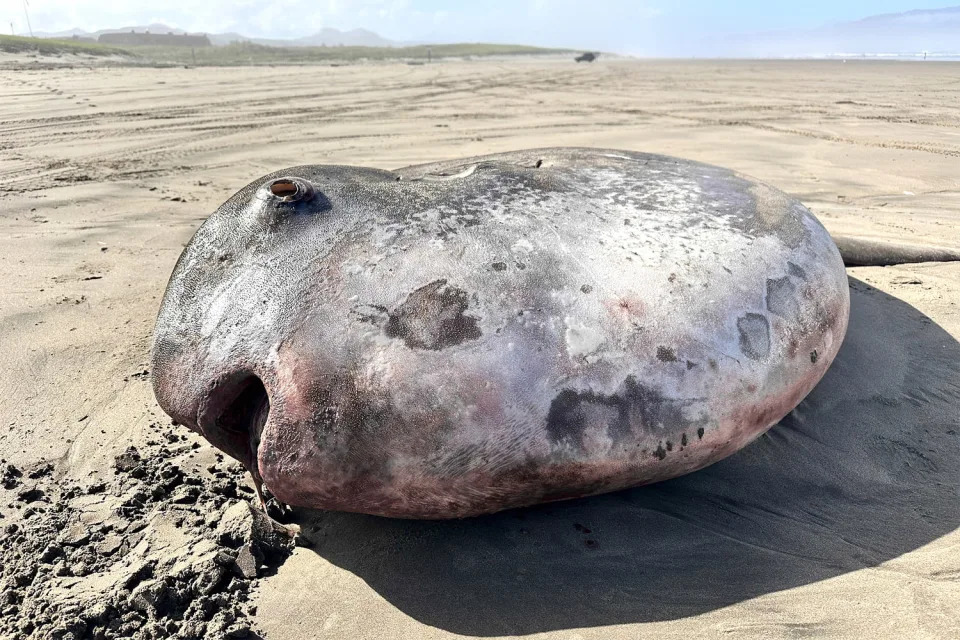South China Morning Post
Thu, Jun 13, 2024
Colin Huang Zheng, the 44-year-old founder of PDD Holdings, and Zhang Yiming, the 41-year-old founder of ByteDance, are the richest tech entrepreneurs in China, according to a list published by Chinese magazine New Fortune on Wednesday.
Huang, whose wealth is largely derived from the popularity of budget e-commerce platforms Pinduoduo and Temu, has a personal wealth of 425 billion yuan (US$59 billion), followed by Zhang, whose 21 per cent stake in TikTok's parent company gives him a personal net worth of 340 billion yuan.
The two young billionaires were followed in the rankings by Tencent Holdings' founder Pony Ma Huateng, Alibaba Group Holding's founder Jack Ma, and NetEase founder William Ding Lei. Alibaba owns the South China Morning Post.
Do you have questions about the biggest topics and trends from around the world? Get the answers with SCMP Knowledge, our new platform of curated content with explainers, FAQs, analyses and infographics brought to you by our award-winning team.
However, China's richest man is Zhong Shanshan, in the traditional mineral water business, with a personal wealth of 456 billion yuan, according to the list.
The Pinduoduo logo is seen on a smartphone in this arranged photograph. Photo: Shutterstock Images alt=The Pinduoduo logo is seen on a smartphone in this arranged photograph. Photo: Shutterstock Images>
Gains in the share price of Nasdaq-listed PDD Holdings enabled Huang - whose net worth nearly doubled last year - to overtake Zhang as richest tech founder. Pinduoduo is famous for its cheap price strategy in China, posting revenues of 147.6 billion yuan in 2023, a hefty increase of 90 per cent from the year before.
ByteDance's Zhang fell below Huang on the rich list, as China's most valuable private company faces fresh pressure to sell the US operations of its flagship short video app TikTok to American investors or be banned from app stores in the country.
Few tech billionaires in China celebrate making it to the rich list, given Beijing's regulatory crackdowns on the tech sector in recent years, and the ongoing Sino-US tech war. Huang and Zhang, who both stepped down as chairman of their respective companies, have deliberately stayed out of the public view in recent years.
China's internet service sector continues to generate billionaires. Xu Yangtian, the founder of fast fashion giant Shein, ranked 22nd on the list with a personal wealth of 81 billion yuan, while Cai Haoyu, the 37-year-old co-founder of miHoYo, a gaming studio, ranked No 26 with a personal wealth of 73.8 billion yuan.
However, China's super rich are dwarfed by their US tech counterparts. Elon Musk, the founder of Tesla, has a personal net worth of US$209.8 billion, and Amazon founder Jeff Bezos is worth US$204.3 billion, according to the Forbes real time billionaires list on Thursday.
China's electric vehicle industry (EV) and pharmaceutical sectors are also represented on the billionaires list. Xiaomi's founder, Lei Jun, who only joined the EV industry this year, leapt onto the New Fortune rich list with a 10.3 billion yuan worth of family wealth, almost on par with BYD founder Wang Chuanfu. Robin Zeng Shuqun, founder of the world's largest battery maker Contemporary Amperex Technology, was listed as China's 7th richest person, with a net worth of 168 billion yuan
Copyright (c) 2024. South China Morning Post Publishers Ltd. All rights reserved.


